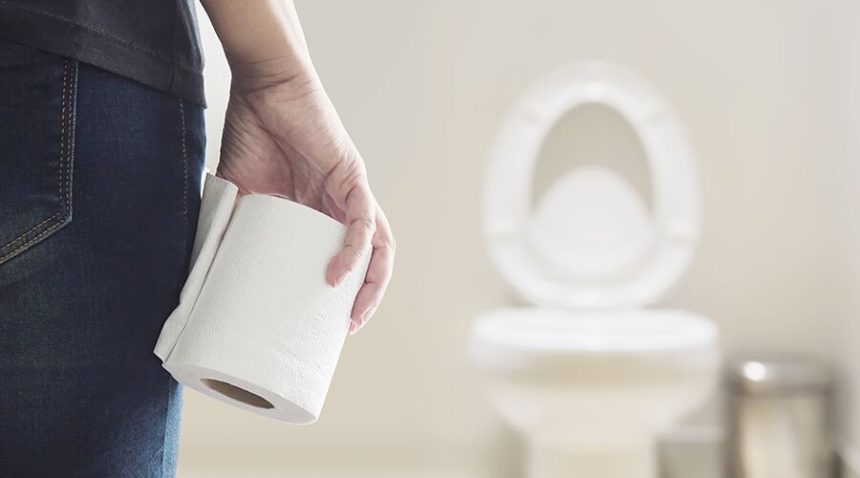Need a pad to run on the treadmill? Have to cross your legs when you laugh during your favorite TV show? Worried about sneezing or coughing during your presentation? It’s a problem that you may not want to talk about, but more than one quarter of women in the United States suffer from a pelvic floor disorder such as urinary incontinence and prolapse. The good news is these conditions can be medically treated.
We talked to UNC Medical Center urogynecologist Jennifer Wu, MD, MPH to learn more.
Understanding the Pelvic Floor
To understand what a pelvic floor disorder (PFD) is, you need to understand what the pelvic floor does for your body. The pelvic floor is made up of the muscles, ligaments and connective tissue in the lower part of the pelvis that support the bowels, bladder, uterus, vagina and rectum. PFDs occur when the pelvic floor can no longer support these organs, which can cause them to not function properly.
While the causes of PFDs are unknown, there may be a genetic predisposition; also, childbirth, aging or trauma from injury can trigger a PFD. Urogynecologists help women with the following PFDs:
- Urinary incontinence, which is a loss of bladder control or urine leakage.
- Overactive bladder, which is a frequent need to void, bladder pressure or pain, urgency, incontinence or difficulty holding your urine.
- Pelvic prolapse, which occurs when the muscles and tissues supporting the pelvic organs (the uterus, bladder or rectum) become weak and these organs descend into or beyond the opening of the vagina.
- Emptying disorders, which include difficulty urinating or moving bowels.
- Fecal incontinence, which is a loss of control over stool.
- Vaginal fistulas, which is an abnormal connection between bladder or bowels and the vagina.
Talk to Your Doctor about PFD Symptoms
Pelvic floor disorders are very common and 1 in 4 women over age 18 will have at least one bothersome pelvic floor disorder at some point in their lives, Dr. Wu says. Any woman can have a PFD in her lifetime, and that risk increases significantly with age.
“The problem is that because these conditions are somewhat embarrassing to bring up, women often don’t tell their providers, and the providers don’t always ask. A lot of women think ‘I’m getting older and there’s not a lot that can be done’ and it’s not true,” says Dr. Wu. “You don’t have to live with these problems if you don’t want to. You have options.”
A Quality of Life Issue
If you are trying to decide if you should seek medical treatment for your PFD, Dr. Wu says it depends on how much it interferes with your everyday life. This is why she and her team try to help patients understand their conditions first.
“For every woman it is different, and we can individualize the management strategies based on what they want to do to get better. There are some women who only have leakage with a strong cough when they have a cold, and they may not be very bothered by their urinary leakage,” Dr. Wu says. “However, some women may be very bothered by their urinary leakage because they leak very easily, with walking or any type of exercise, or maybe they can’t make it to the bathroom before leaking in public or at work.”
Treatment Options for Pelvic Floor Disorders
For a group of ailments that are so rarely discussed, there are quite a few options.
Nonsurgical options for PFDs can vary depending on your condition but may include lifestyle and behavior modifications, like efforts to change your diet, manage fluid intake, adjust physical activity and quit smoking. Kegel exercises that develop the pelvic floor muscles, maintaining a healthy weight or wearing a pessary device can help prolapse and some leakage disorders. An overactive bladder can be managed with prescription medications.
Pelvic floor physical therapists work with patients to assess the pelvic floor muscles and create a treatment plan that can include behavioral approaches, rehabilitation of the pelvic floor muscles or pelvic floor electrical stimulation. Electrical stimulation of the pelvic floor is a painless therapy that contracts the muscles, developing and strengthening them.
Surgical options vary depending on the type of PFD, but there are surgeries available for urinary incontinence, bowel control, pelvic prolapse and fistulas.
“This is one of those times in medicine where patients are given choices for their treatment, ranging from less aggressive nonsurgical options to surgery. You get to decide what the best option is for you and your lifestyle,” Dr. Wu says.
“When women actually find out that there is a group of doctors that only deal with pelvic disorders, they are sometimes surprised. And then when they come to see us, they are really relieved as they leave with a better understanding about their condition and the treatment options.”
Think you need an urogynecologist? Find one near you.

